Periodontal (Gum) Disease
What is Periodontal (Gum) Disease?
Periodontal (gum) disease is an infection of the tissues surrounding and supporting your teeth. It is caused by the bacteria that gather upon your teeth due to infrequent or inefficient brushing and flossing. Over time, these collect into a film of bacteria
that will eventually harden to form calculus (tartar).
What are the symptoms or indications?
- As periodontal disease progresses, the bone and soft tissues that support your teeth will be destroyed and, if not treated, can result in the loss of your teeth.
- In its earliest stages, this infection results in redness, swelling, and bleeding of your gums. This stage is called gingivitis. It is treatable with professional teeth cleaning and good daily brushing and flossing habits.
- Treatments for periodontal disease may include professional teeth cleanings, gum surgery, and tooth extraction in its advanced stages.
Where can I learn more?
For additional information, please visit the following websites:
Watch these videos for more information on the following topics:
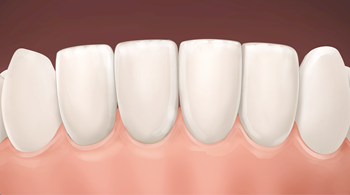
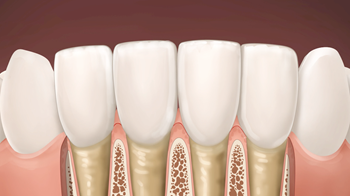
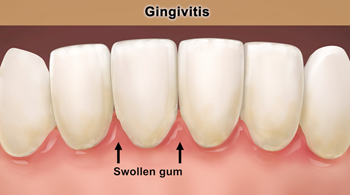
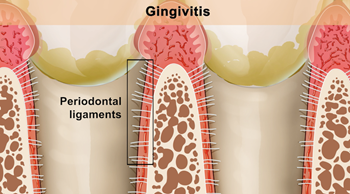
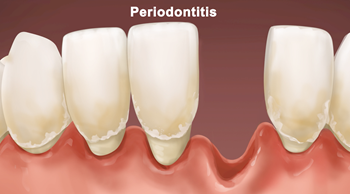
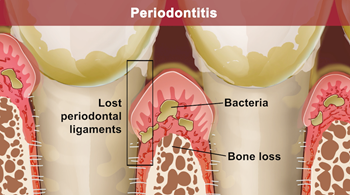
Normal appearance of the tissues that surround and support your teeth.
Images provided by William Carter, DDS
A person with gingivitis. Swollen, red and bleeding gums.
A person with advanced periodontal disease. Loss of gum tissue and bone.
Contact Us
If you are concerned that you may have Periodontal (gum) disease, please schedule an appointment for a free screening exam at the University of Colorado School of Dental Medicine at (303) 724-6900